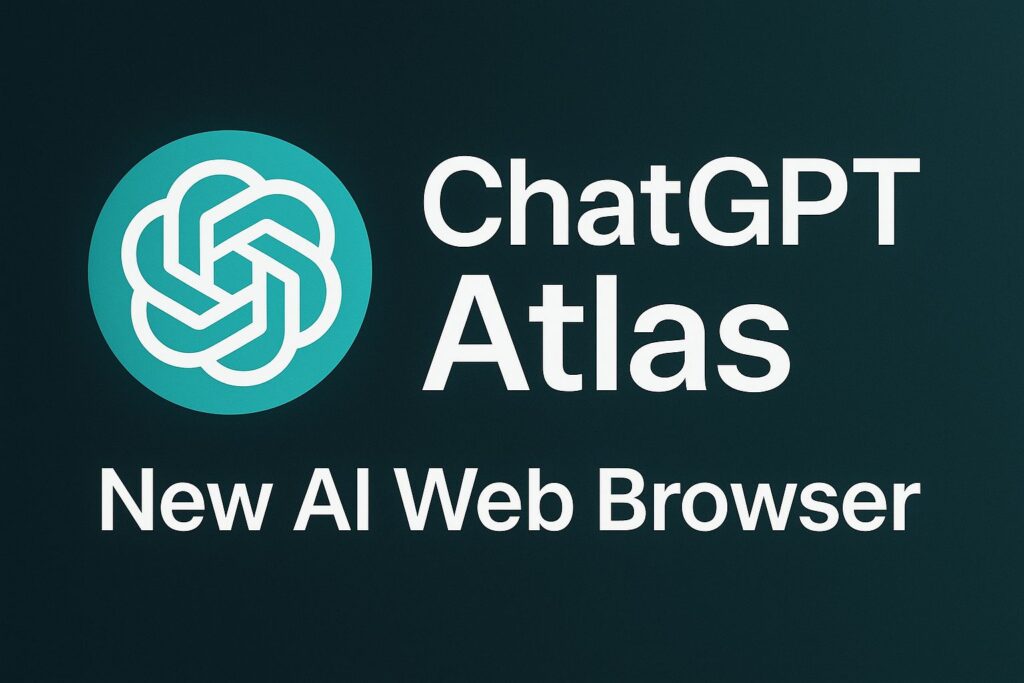OpenAI is a pioneering artificial intelligence research company at the very precarious crossroads of its transformation into the revolutionary ChatGPT. Torn between objectives of rapid scale into commercial profitability and the imperative call toward AI safety and ethics, this transition indeed presents one of the intricately challenging cases from a nonprofit research entity into a commercially viable enterprise. OpenAI was founded in 2015 to ensure that artificial general intelligence would benefit all of humanity, but only recently has the company gained significant traction in tech circles, particularly with its release of ChatGPT in late 2022.
This large language model is capable of producing humanlike responses for a wide array of prompts and captured the public’s imagination, stirring both excitement and trepidation about what the future of AI technology holds. Success propelled ChatGPT into overdrive, putting OpenAI in the spotlight and attracting significant interest from investors, technology giants, and the public at large. This newfound fame means a far greater level of scrutiny and questions about whether the organization will be able to balance its original mission with commercial success. One of the biggest tasks ahead for OpenAI is figuring out how it will generate revenue and achieve financial sustainability.
In particular, most of the research and development work associated with big language models, like other high-order AI systems, require huge computational resources and human expertise that are very costly. In realizing these processes and furthering the technology, OpenAI has undertaken various monetization efforts. So far, the introduction of ChatGPT Plus, or its subscription version of the favorite chatbot, was the most significant first move by OpenAI toward its commercialization. It allowed it to derive direct revenues from willing users for priority access and other advanced features.
Secondly, API access to its models and the enabling of other businesses in embedding its AI capabilities in their products and services are what OpenAI has been working on. Profitability, though, has not come without some challenges. OpenAI needs to carefully keep the fine line of making this technology available while it needs to keep control over its usage. Te company has received criticism because it may prevent access to the most advanced models, which actually goes against its original mission-to democratize the AI technology. But through its partnership with Microsoft, which has invested billions of dollars in the company, questions have arisen about its independence from the more compromising interests of business. Many are concerned that the motivation to ensure a return on investment will supposedly undermine the commitment of OpenAI in developing safe and ethical AI systems.
Probably the most important, or continuous, challenges faced by Open AI are related to safety and ethical implications concerning the technology. While the capabilities of ChatGPT and its ilk continue to increase, so do concerns about the potential misuse, misinformation, and other unforeseen consequences. OpenAI recognizes these risks and has been integrating various security measures and ethical policies into its technology. The development of effective content moderation systems to prevent the dissemination of harmful or inappropriate content is only one of these key initiatives.
Finally, Open AI has invested in research on AI alignment in the hope that AI systems act consistently with human values and intentions. The company has engaged policymakers, academics, and other stakeholders in close discussions relating to the social implications of AI, while contributing to the development of frameworks for responsible AI governance.
This proactive approach speaks to OpenAI’s commitment to safety concerns and building trust in its technology. But the pace of AI development has outrun regulatory frameworks, making self-regulation on the part of companies like OpenAI common practice. Critics say that has created an environment where more robust government oversight and regulation of AI technology are in dire need. All this puts OpenAI in a very interesting and conflicted position: It preaches about the responsible development of AI and may play a role in shaping future regulations that will influence its own operations.
Meanwhile, the company’s growth and commercialization effort, while still voicing its commitment to AI safety, has taken an internal toll: reports of disagreements among the OpenAI leadership about the pace of development, how to balance commercial interests with safety considerations-a reminder that the challenges the organization faces are multi-dimensional. While OpenAI works its way around such challenges, it equally faces stiff competition in the AI space: technology giants like Google, Meta, and Amazon invest highly in their own research and development of AI, while scores of startups start popping up to implement new, innovative AI applications. All these factors make life competitive for OpenAI to keep its lead in technology while it watches its principles.
How well the firm strikes a balance between these competing priorities is likely to have wide-ranging implications, not only for its own future but for the broader AI industry and society as a whole. OpenAI’s safety-and-ethics approach to commercialization may well set an important precedent for how AI technology will be developed and deployed in coming years. The gigantic challenge for OpenAI as it evolves from a research-oriented nonprofit to a commercially operating business is how to match its founding mission with the reality on the ground in a competitive, profit-oriented market.
Ultimately, the success or failure of the transition of this company will be closely watched by a number of constituencies interested, including industry observers, policymakers, and the public at large. In all, the effort of Open AI to grow up and become a profitable enterprise without losing its commitment to safe and beneficial AI development is symbolic of the greater challenges the AI industry faces. Its journey and struggle to balance innovation, commercialization, and ethics will arguably define what will happen with AI technology in the future and the impact it has on society. If OpenAI can thread this needle, the next few years will be very determining, likely setting a model for responsible AI development in this, the age of rapidly advancing technology.
Discover more from TechResider Submit AI Tool
Subscribe to get the latest posts sent to your email.






